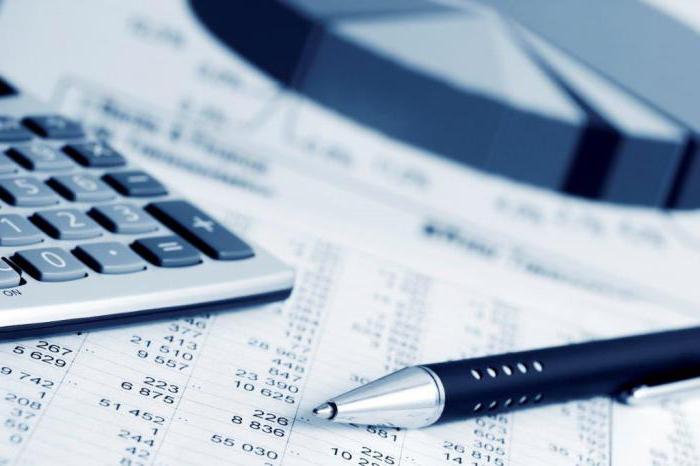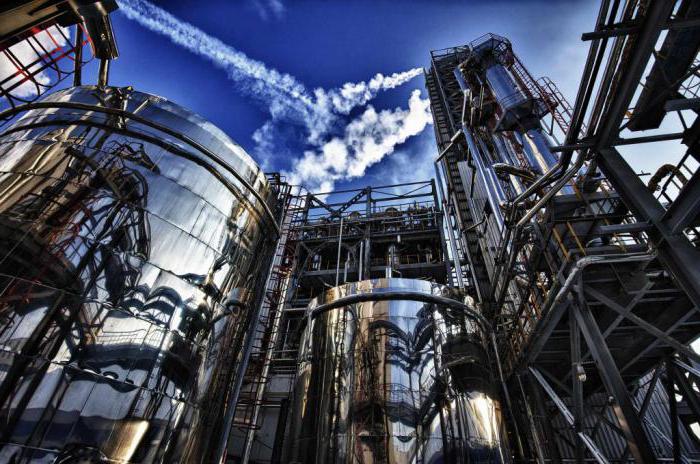Fixed assets are called one of the types of production assets. Unlike negotiable, they do not change their shape, but with each cycle they are more and more destroyed. There are a number of indicators, the calculation of which helps to determine their technical safety. Wear factor and shelf life of fixed assets is an indicator of the technical safety of funds. However, you need to understand that it is quite arbitrary in nature. It is influenced by inflation and fluctuations in market prices. Therefore, the shelf life of fixed assets, the formula of which will be discussed below, does not always adequately reflect the state of the operated facilities of the enterprise.

Features
Fixed assets are used in the production activities of the enterprise. Their service life cannot be less than a year (one operating cycle). They are subject to wear and tear, the degree of which affects the price of finished products manufactured by the enterprise. Fixed assets are a view tangible assets organization. They can participate not only directly in the production process, but also give up to others.
Classification in the balance sheet
The following categories of fixed assets are distinguished:
- Buildings and constructions (workshops, warehouses, laboratories, engineering and construction objects).
- On-farm roads, electricity and heating systems.
- Vehicles.
- Equipment, working machines, regulating devices and computers.
- Special tool.
- Various inventory.
- Perennial plantations and livestock used in the production process or transportation of finished products.
- Library and museum funds.
Differences from current assets
In accordance with the Regulation on Accounting, fixed assets meet the following conditions:
- Designed for use in the production process, management needs, providing third parties for a fee for temporary use or possession.
- Their operational term is more than twelve months (one operating cycle of the enterprise).
- Not intended for resale.
- Able to generate income or other economic benefits to the enterprise in the future.

It is important to distinguish current assets from the main ones. These include raw materials, auxiliary materials, fuel. All of them are used during one operational cycle.
Fundamentals of the functioning of the enterprise
The main goal of the work of any business entity is to increase their own profitability. And for this it is necessary to increase productivity, in particular the effectiveness of the use of existing funds. In order to determine the financial condition of the enterprise and its competitiveness, you need to be able to calculate analytical indicators. The calculation of the shelf life of fixed assets helps to determine the degree of deterioration of production capacities. This is one of the basic indicators, so we will consider it in more detail.

Fixed assets shelf life: calculation formula
To calculate this indicator, we need to know three value values. The shelf life of fixed assets is calculated in three ways:
- Kr = (St0 - H) / St0. In this formula, St0 is the initial cost, I is depreciation, and Kg is the shelf life of fixed assets.
- Kg = St1 / St0. As in the previous formula, Kg is the shelf life of fixed assets, but St1 is the residual value of the values.
- Kg = 1 - Ki. The shelf life of fixed assets and the indicator of their depreciation (Ki) in the sum are always equal to unity, hence the third formula.
Thus, this indicator in the most general case can be considered as a multiple of dividing the residual by the initial cost, which just differ by the value of equipment wear.
Norm and Meaning
The shelf life of fixed assets shows the degree of deterioration of the operational capacities of the enterprise. The smaller it is, the more equipment is subject to decommissioning. The shelf life of fixed assets, the calculation formula of which was considered above, cannot be more than 0.5. A value that exceeds this indicator indicates a significant obsolescence of technical funds. It is unlikely that the enterprise will be able to function with such a state of affairs for a long time.

Other assessment methods
All indicators of the effectiveness of the use of funds are included in one of two categories. The technical shelf life of fixed assets, already considered by us in the first part of the article, refers to the first. The first group includes indicators that characterize the safety of fixed assets, the second - the effectiveness of their use. Let's consider each of them.
Indicators of the state of production assets
The depreciation rate shows the portion of funds to be debited. It is equal to the ratio of the amount of accrued depreciation and the initial price of the fund. For the effective functioning of the organization, this indicator should fall, and the shelf life should increase. Fund Growth Index shows the level of renewal of operational capacities. It is equal to the ratio of the entered values to their total composition at the end of the year. The disposal index has a similar value.
Performance indicators
Equity capital ratio is calculated as a result of dividing the price of fixed assets by the amount of the issue. Return on assets is the inverse of the last indicator value. Profitability shows how many units of profit accounted for fixed assets.

Depreciation of funds
Working capital immediately transfer the waste to their purchase on finished products manufactured by the enterprise. Fixed assets also affect the price of manufactured goods, but indirectly. Depreciation in accounting is a procedure for transferring the value of funds to the price of products as they are depreciation (moral and physical). Its rate is the established annual percentage of the recovery of obsolescence of funds.

Depreciation Methods
- Line charge. When used, depreciation is charged evenly over the life of the funds. The present value is equal to the difference between the initial price and the amount of accruals already made on the asset.
- The method of reducing the remainder. When using this depreciation method charged unevenly. It is equal to a certain percentage of the residual value.
- The proportional method. In this case, depreciation charges are determined in accordance with some indicator (the time the equipment was used in the production process).
- Depreciation of funds according to their useful life.

Audit of activities
The effective activity of the enterprise is closely associated with the supervision of the correct passage of all daily operations. An audit of fixed assets is a check of the legality of all actions with fixed assets. It is one of the activities under financial control. During the audit is carried out:
- Verification of documentation of the adoption and disposal of funds.
- Calculation of their initial value.
- Calculation of the correct level of depreciation charges.
- Determination of the residual value of funds.
- Checking the correct reflection in accounting of the movement of funds.
- Assessment of the safety and effectiveness of the use of existing funds.
findings
Fixed and current assets are two types of assets, without which a production process is impossible. Their main difference is in the service life. Fixed assets are used over several operating cycles. They indirectly transfer their depreciation to manufactured products through the depreciation process. To determine the technical condition of the funds, a number of indicators are used. Shelf life is one of them. It is equal to the result of dividing the residual by the initial cost. The shelf life of fixed assets demonstrates how much of the funds can continue to be operated. The larger it is, the better for the enterprise. If its value approaches 0.5, then something urgently needs to be changed. Otherwise, in the near future, huge problems may arise in the course of the production process.
